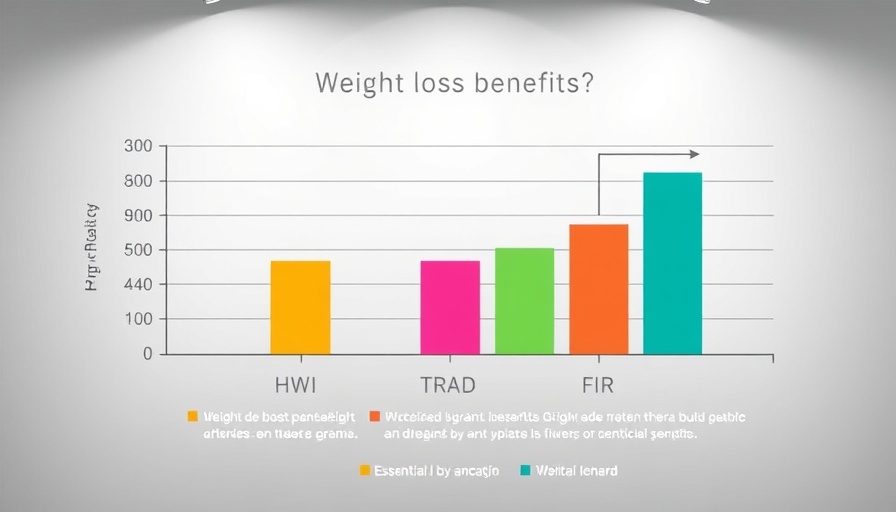
The Battle of Wellness: Hot Tubs, Saunas, and IR Saunas
In the quest for relaxation and health benefits, many people often find themselves contemplating the best option among hot tubs, traditional saunas, and infrared (IR) saunas. Each offers unique advantages that cater to an individual's wellness preferences, making it essential to understand which might suit your needs best.
In 'Hot Tub, Sauna, or IR Sauna: Which is the Hottest?', the discussion dives into the wellness benefits of these three popular choices, prompting further exploration of their unique advantages.
Exploring the Benefits
Hot tubs have long been a staple in luxury relaxation; their warm, massaging water provides immediate relief from muscle tension. A soak can also help in stress reduction, improve sleep quality, and even ease pain from chronic conditions like arthritis.
On the other hand, traditional saunas utilize high heat and steam, typically operating between 150°F and 195°F (65°C to 90°C). They promote sweating and encourage detoxification of the skin. Users often report a revitalizing feeling post-session, enhancing relaxation and mental clarity.
Infrared saunas, while a newer addition to the wellness industry, use radiant heat to deeply penetrate the skin. Operating at lower temperatures, around 120°F to 140°F (49°C to 60°C), they may be more comfortable for longer sessions. Users advocate for their potential benefits in weight loss, pain relief, and even skin rejuvenation.
Choosing What's Right for You
The decision between hot tub, sauna, or IR sauna boils down to personal preference and specific health goals. If you favor a soothing, bubbling experience, a hot tub is your go-to. For those seeking detoxification through sweating, traditional saunas are highly effective. Conversely, if comfort with efficiency is key, an IR sauna may be ideal.
Exploring the variations in temperature and health benefits presented in Hot Tub, Sauna, or IR Sauna: Which is the Hottest?, encourages deeper insights into how each environment impacts wellness. Consider your needs and preferences to enhance your health journey effectively.
 Add Row
Add Row  Add
Add 




Write A Comment